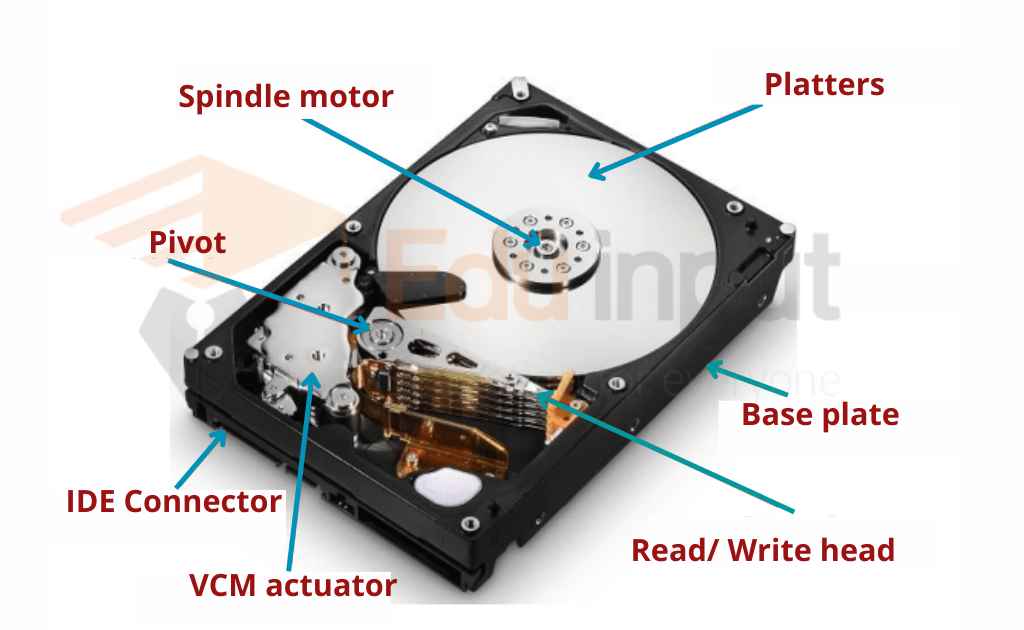In today's fast-paced tech world, numerous enthusiasts and casual users alike are uncovering the thrill of building and upgrading their own computers using surplus computer parts. Regardless of whether you're a seasoned techie or just starting to dip your toes into the realm of computing, gathering excess components can be both an exciting and rewarding hobby. Not only does it allow you to create custom systems tailored to your specific needs, but it also helps you save costs while minimizing electronic waste.
Navigating the surplus market can be daunting at first, but with the proper knowledge and tools, you can discover hidden gems and build impressive setups without breaking the bank. From graphics cards to power supplies, understanding what to look for when purchasing surplus parts is crucial for ensuring you get quality components. In this guide, we will explore key considerations and tips for shopping smartly, so you can embark on your next favorite hobby with assurance.
Top Tips for Buying Surplus Computer Parts
When buying for surplus computer parts, it is essential to conduct thorough research prior to making any decisions. Start by identifying reputable vendors who deal with surplus components. Look for reviews and testimonials to assess their reliability. A good vendor should offer detailed information about the quality of the parts and offer a reasonable return policy. This will help ensure that you can return or exchange any components that do not meet your standards.
Next, it's critical to evaluate the compatibility of the surplus parts with your current setup. Always review https://output.jsbin.com/ragoguguru/ of your current system and match them with the components you are considering. For instance, ensure that the motherboard supports your CPU and RAM type. Compatibility checks can save you from the annoyance and additional costs of buying parts that do not work together.
Finally, be watchful about the quality of the components you are acquiring. Inspect surfaces for any physical damage, check for corrosion on connectors, and ensure that all electronic components are intact. If feasible, test the parts before you confirm the purchase. This scrutiny will not only help you avoid dead-on-arrival items but also ensure that your investment in surplus parts will yield positive performance.
Assessing the Condition of Surplus Components
When buying surplus computer parts, evaluating quality is essential to ensure you make a wise investment. Begin by examining the physical condition of the components. Look for signs of wear, such as scratches, dings, or any visible damage. Ensure that connectors are not distorted or broken, and that the component is free of dirt, as dirt or corrosion may indicate neglect or prolonged exposure to moisture. A well-maintained part is more likely to perform properly.

Then, check for compatibility and specifications. Understanding the requirements of your existing system will help you evaluate whether the surplus part meets those needs. Look at the specifications such as RAM speed, CPU socket type, or power supply wattage to ensure the component will integrate smoothly into your setup. Always refer to product manuals or trusted online resources to verify that the surplus items you are thinking about are suitable for your intended application.
Finally, don’t hesitate to ask about the background of the surplus components. Trustworthy sellers are often willing to provide details about the item's previous use, whether it was a part of a larger system, and its performance history. If computer equipment , testing the component before buying is ideal. For items like graphics cards or hard drives, check if the seller can demonstrate their functionality. By being thorough in your evaluation, you can find surplus components that will serve you well and enhance your computing experience.
Safety and Compatibility Factors
When purchasing surplus computer parts, security should be a primary priority. Inspect parts for any obvious damage, such as burns, oxidation, or loose wires. These indications can indicate previous failures or faulty components that could represent risks to your setup. Ensure to buy from reputable sellers who offer a guarantee or return policy, as this provides an added layer of safeguard against defective parts.
Suitability is another critical factor to take into account. Before making a purchase, verify that the excess part is compatible with your current hardware. This includes checking motherboard support for motherboards, ensuring the power supply meets the requirements of new parts, and confirming that RAM types match with your system requirements. Using checking tools online or consulting manufacturer manuals can help prevent costly errors when upgrading or building a system.
Lastly, it's crucial to stay updated about the particular needs of your system as well as the newest technology trends. As excess parts can come from different sources, older parts may be incompatible with new software or applications. Using outdated parts can lead to performance bottlenecks or potential security vulnerabilities. Therefore, always remember to consider both immediate needs and future-proofing when selecting excess components for your setup.
